Over the better part of 2014, Chris Yates helped a friend with a 1969 Charger build his new garage and workshop. One day while working away, his friend told Chris he had heard about a 1970 Charger for sale and wanted to know Chris’ opinion on if he should buy it or not. Chris’ friend was a recently-converted “Chevy guy” so naturally he asked Chris (being the die-hard Mopar guy that he is) on what to look for.
“I told him what to look out for and what parts to keep in mind if they were missing. I told him the grille was a hard to find and expensive item if it was missing or damaged,” says Chris. He didn’t have any particulars on the car so Chris left him to it. A few weeks went by of working on the garage and one day Chris arrived to find a 1970 Charger sitting on his friend’s freshly poured concrete driveway. “As soon as I saw it, I started thinking of how I could talk him out of this car he just purchased. I had to have it.”
Chris himself had been looking for a 1968 Charger but any 1968-1970 would work fine for him. At first glance it appeared to be FJ6 Green Go or maybe FJ5 Sublime, but he knew they didn’t make very many 1970 Chargers in either of those two colors. He popped the hood to further investigate if it still had a fender tag or even an engine. To his surprise the Charger indeed did have a fender tag and a big block to boot. A quick look at the fender tag confirmed it was in fact FJ5 Sublime Green from the factory. That was all Chris needed to know to decide he had to bring it home.
“When I looked inside the Charger, my heart skipped a beat when I saw a Hurst pistol grip shifter sticking out of the console. It was unbelievable! A 1970 Charger in Sublime with a 383 4-speed just sitting there in front of me!” says Chris. He then noticed the woodgrain on the dash and the map pockets on the door panels so he took a second look at the fender tag to see the Charger was also coded for the A47 Special Edition package. He further confirmed that by the little SE badges still remaining on the C-pillars. He also noticed a little ‘500’ badge on the grille but being as it was absent from the tail panel, he wasn’t sure about that.
His friend walked over and asked Chris how he liked it and if he had done good on buying it. Chris says it was pretty hard holding back his excitement about the Charger and his friend could tell. He told him that he had realized it was pretty special and knew he couldn’t restore it as well as Chris could. He also said the car deserved to be done properly. That’s when he said the magical phrase he was hoping to hear: “You wanna buy it?” He didn’t have to ask Chris twice! Having not taken any money for building his new garage, they were able to settle on a price that they were both happy with.
Now Chris was faced with the task of how to get it home. The Charger had been dropped off with a flatbed tow truck due to the front drums being seized. He needed to get it rolling to get it on his trailer so he went home, grabbed the trailer, some tools and a few rollers. He then cut the heads off the retaining pins for the brake shoes and was able to pry the drum and shoes off of the backing plates. A little whack with a hammer and the shoes unwelded themselves from the drums. He was then able to re-install the drums and get it rolling.
Before loading the Charger up, Chris decided to see what was in the trunk. He put the keys in the trunk lock but unfortunately the lock was stuck. Not to be discouraged, he then popped out the back seat and used a long screwdriver to get it open. Inside the trunk, along with a whole bunch of rat poop, he discovered several intake manifolds, carburetors, distributors, starters, alternators, a spare 489 case and R/T door scoops.
After getting it home, he went through it and decoded the rest of the fender tag. He wasn’t able to find the original build sheet but he discovered the Charger had a previous racing past. The 383 in the car was a 1971 HP block, so he assumes the original was grenaded at some point. The Charger had a solid driver’s side motor mount; headers, vintage Cal custom valve covers and an adapter for a spread bore carburetor. He says there was also a vintage timing light in the trunk and a plug gaping tool on the key chain.
In the center console, he also found a couple pit passes for a local and long since closed drag strip. Decoding the fender tag proved that it was indeed a Charger 500 with the SE package powered by a 383-4 barrel Magnum and backed by a 4-speed transmission. Other options included black leather bucket seats, center console, Tic-Toc-Tach, AM/FM radio, hood mounted turn signals and the 3.91 High Performance Axle package. Also on the car but not on the tag were optional front bumper guards and a rear window defroster.
Chris says his plans for the Charger is to eventually do a full rotisserie restoration but for now, he wants to get it running and driving as-is while he collects parts for the restoration. So far, he has already gathered together the correct air cleaner, valve covers, HP exhaust manifolds, new carpet, new gas tank, disc brake conversion parts and some sheet metal including better condition front fenders!


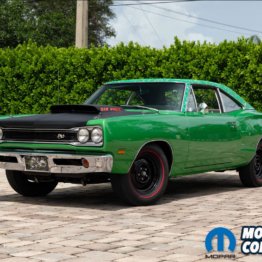
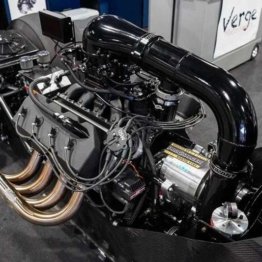

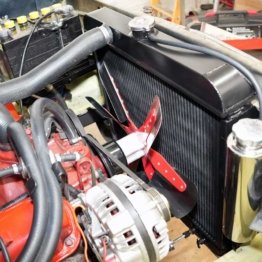
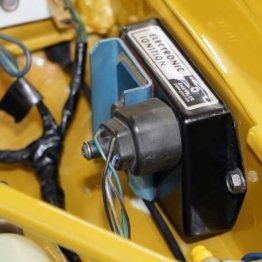
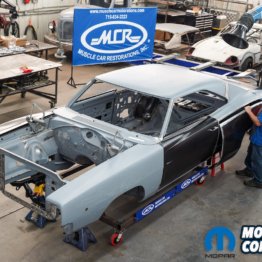

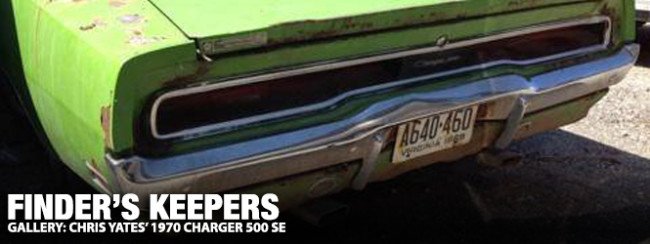






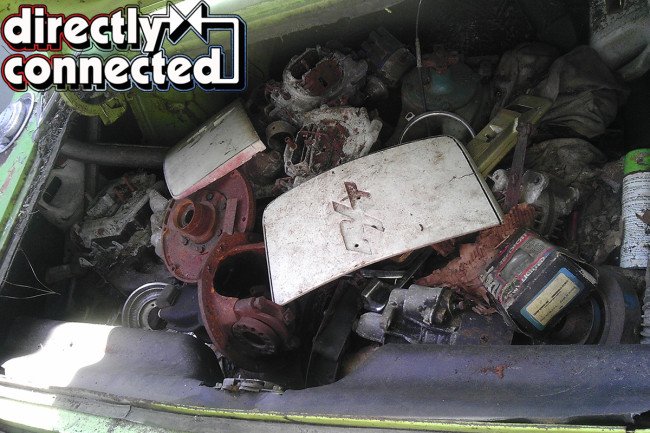
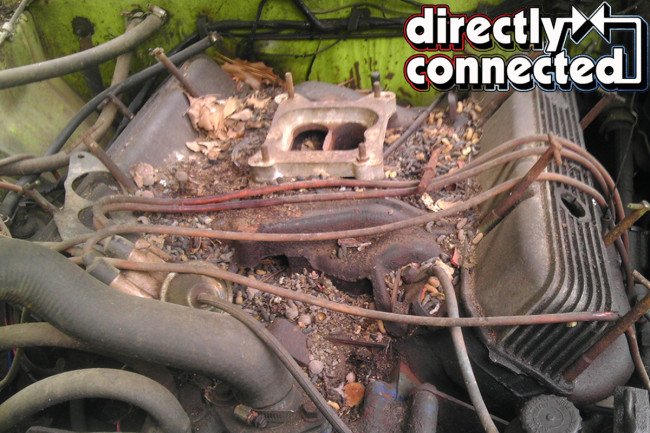
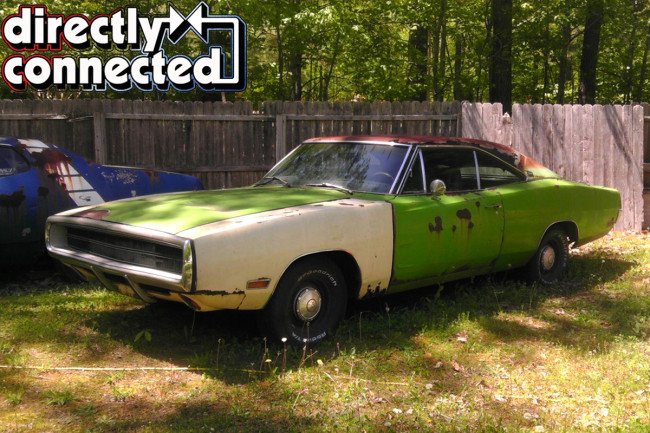
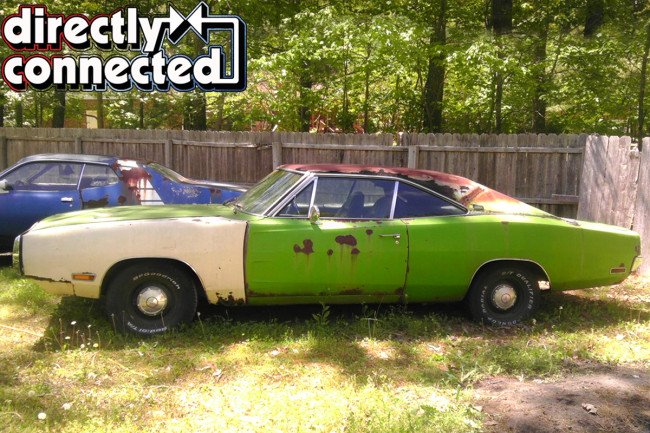
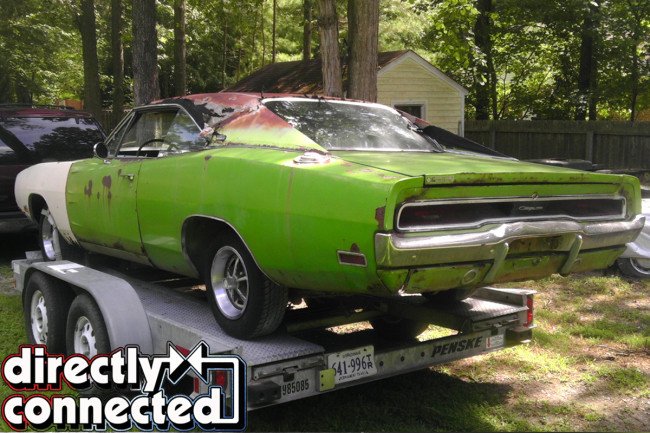
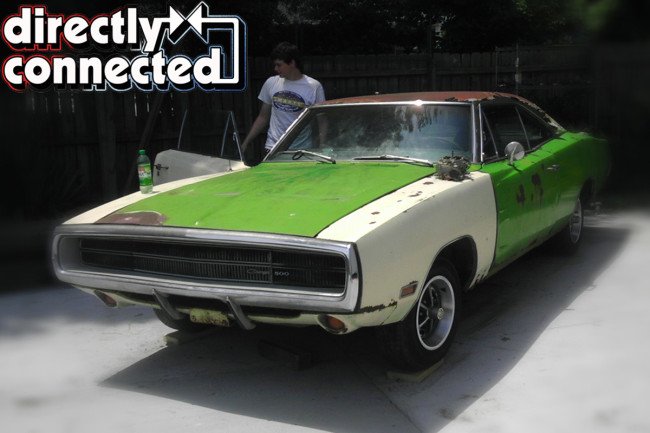
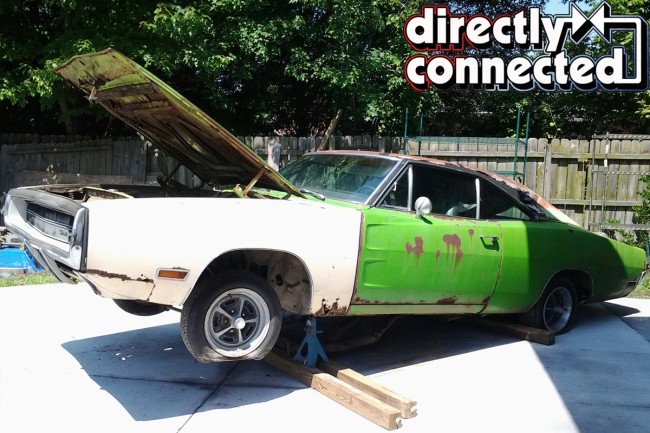





















 Mopar Connection Magazine – The ONLY Daily Mopar Magazine © 2022. All Rights Reserved. Mopar Connection Magazine is the ONLY daily Mopar Magazine bringing you the latest Mopar news, technology, breaking news, and Mopar related events and articles. Find out the latest information about Mopar, Mopar products and services, stay up to date on Mopar enthusiast news, dealership information and the latest Mopar social media buzz! Sign up for the Mopar Connection Magazine newsletter for the latest information about new products, services and industry chatter. Mopar Connection Magazine is the best and only source you need to be a Mopar industry insider!
Mopar Connection Magazine – The ONLY Daily Mopar Magazine © 2022. All Rights Reserved. Mopar Connection Magazine is the ONLY daily Mopar Magazine bringing you the latest Mopar news, technology, breaking news, and Mopar related events and articles. Find out the latest information about Mopar, Mopar products and services, stay up to date on Mopar enthusiast news, dealership information and the latest Mopar social media buzz! Sign up for the Mopar Connection Magazine newsletter for the latest information about new products, services and industry chatter. Mopar Connection Magazine is the best and only source you need to be a Mopar industry insider! by
by